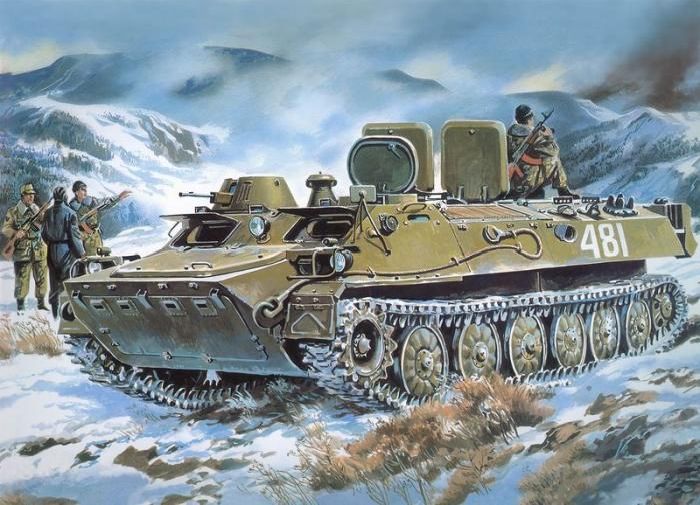|
|
Tank Drawing
|
- Tactical mobility
Tank agility is a function of the weight of the tank due to its inertia while manoeuvring and its ground pressure, the power output of the installed power plant and the tank transmission and track design. In addition, rough terrain effectively limits the tank's speed through the stress it puts on the suspension and the crew. A breakthrough in this area was achieved during World War II when improved suspension systems were developed that allowed better cross-country performance and limited firing on the move. Systems like the earlier Christie or later torsion-bar suspension developed by Ferdinand Porsche dramatically improved the tank's cross-country performance and overall mobility.
Tanks are highly mobile and able to travel over most types of terrain due to their continuous tracks and advanced suspension. The tracks disperse the weight of the vehicle over a large area, resulting in a less ground pressure. A tank can travel at approximately 40 kilometres per hour (25 mph) across flat terrain and up to 70 kilometres per hour (43 mph) on roads, but due to the mechanical strain this places on the vehicle and the logistical strain on fuel delivery and tank maintenance, these must be considered "burst" speeds that invite mechanical failure of engine and transmission systems. Consequently, wheeled tank transporters and rail infrastructure is used wherever possible for long-distance tank transport. The limitations of long-range tank mobility can be viewed in sharp contrast to that of wheeled armoured fighting vehicles. The majority of blitzkrieg operations were conducted at the pedestrian pace of 5 kilometres per hour (3.1 mph), and that was only achieved on the roads of France.
In the absence of combat engineers, most tanks are limited to fording rivers. The typical fording depth for MBTs is approximately 1 metre (3.3 ft), being limited by the height of the engine air intake and driver's position. Modern tanks such as the Russian T-90 and the German Leopard I and Leopard II tanks can ford to a depth of 3 to 4 meters when properly prepared and equipped with a snorkel to supply air for the crew and engine. Tank crews usually have a negative reaction towards deep fording but it adds considerable scope for surprise and tactical flexibility in water crossing operations by opening new and unexpected avenues of attack.
|
|









